Are expensive carbon wheels worth it?
We pitted Zipp's 303s 'budget' carbon wheels against the 353 NSW – coming in at three times the price. Just how big is the difference?
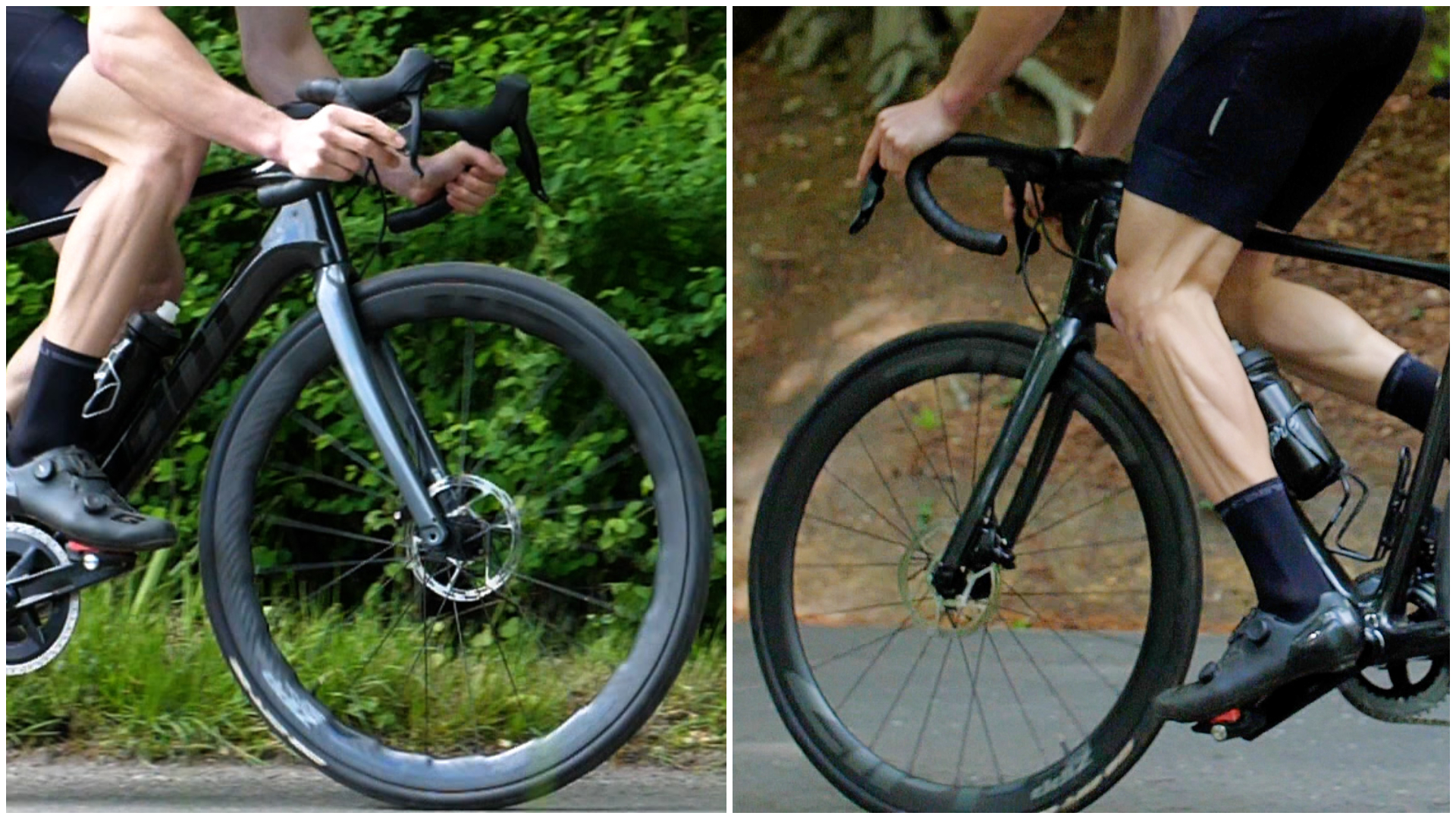

With some upgrades, the gains are obvious and immediate. Swap out a heavy, hard-wearing urban tyre with some supple race-ready rubber and you'll instantly notice the difference. On the other hand, aero gains of various TT helmets are somewhat more subtle, requiring highly controlled testing to identify the top performers.
Between 'entry-level' carbon wheels and those range topping models raced in the pro peloton, the difference in price is huge – but just how much speed does tripling your investment really buy you?
To find out, we pitted a set of Zipp's 303s carbon wheels (£1050) against the flagship Zipp 353 NSW (£3200) on two different courses. First, a flat(ish) TT loop, where aerodynamics is the greatest determinate of speed, and up a local climb, where weight becomes the most significant factor.
The test
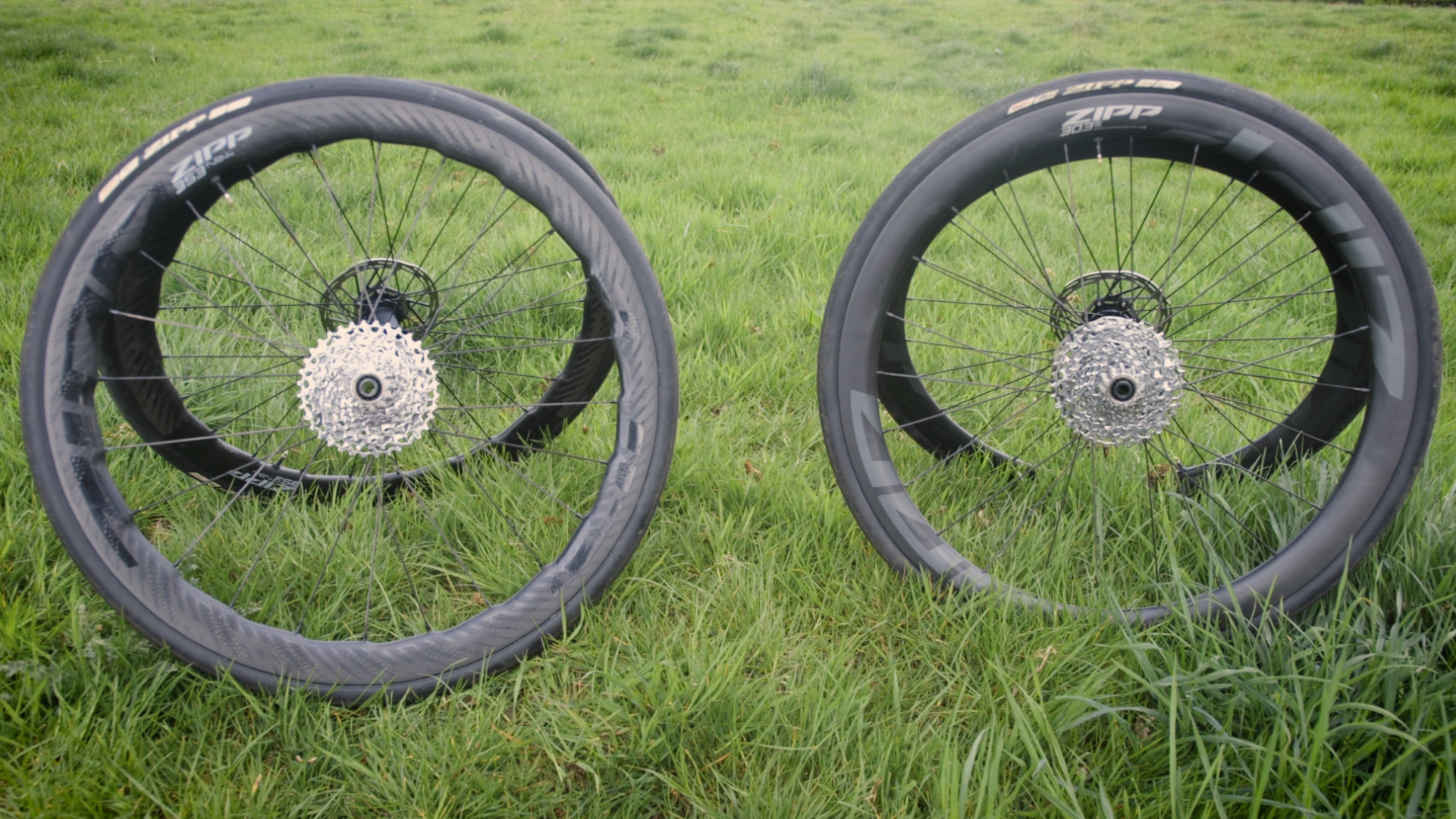
In terms of the variables we were able to control, we made sure to use the same model of tyre, disc rotors, cassette, valves, and amount of sealant across both wheelsets. We also ensured the tyre pressures were identical ahead of each test.
Of course, there were quite a few significant variables we couldn't control. The wind, the traffic, and the precise power output are the main ones - the efforts were paced with a power meter, but as with any human effort, there will always be variation.
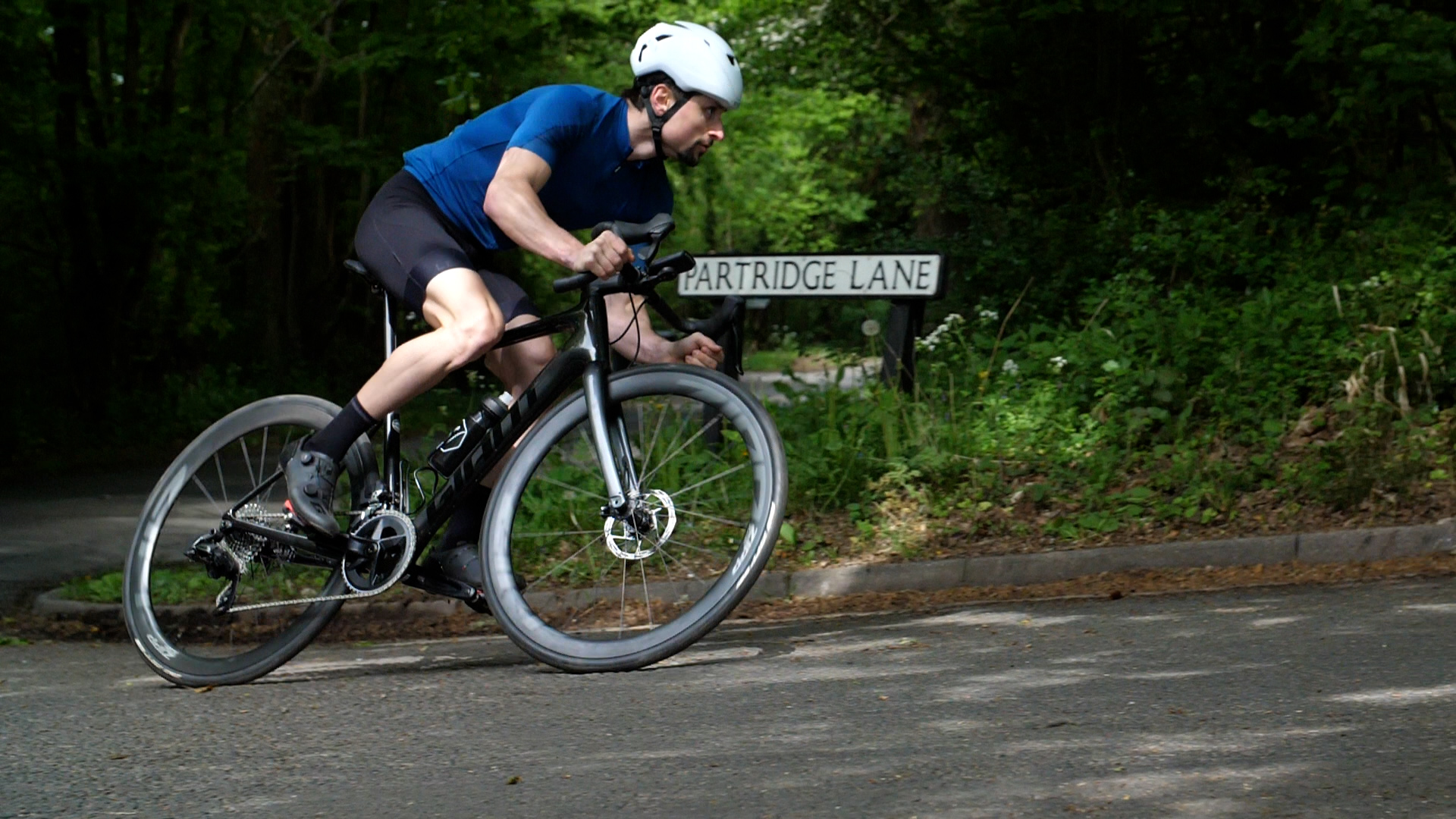
This was not by any means a laboratory experiment, and we cannot lay claim to expert accuracy. But let's be clear on what we're testing for here.
We're looking to see if there is a significant difference between the two wheelsets. To draw a comparision, you don't need laboratory conditions to observe a difference in speed between a touring bike and time trial bike – the gains there are very much 'macro' variety, rather than 'marginal'.
If you're considering tripling the amount you're going to spend on your wheels, it's a pertinent question whether you're going to see large, clear, and obvious gains, or if the improvements will be barely noticeable when on the bike.
| Header Cell - Column 0 | Zipp 303s | Zipp 353 NSW |
|---|---|---|
| Price | £1,050.00 | £3,200 |
| Weight (with tape, no valves) | 1,544g | 1,308g |
| Depth | 45mm | 45mm (at the deepest point) |
| Internal rim width | 23mm | 25mm |
| External rim width | 27mm | 30mm |
| Hubset | 76 / 176 DB | Cognition V2 |
So, without further ado, let's see how the wheels got on.
The TT
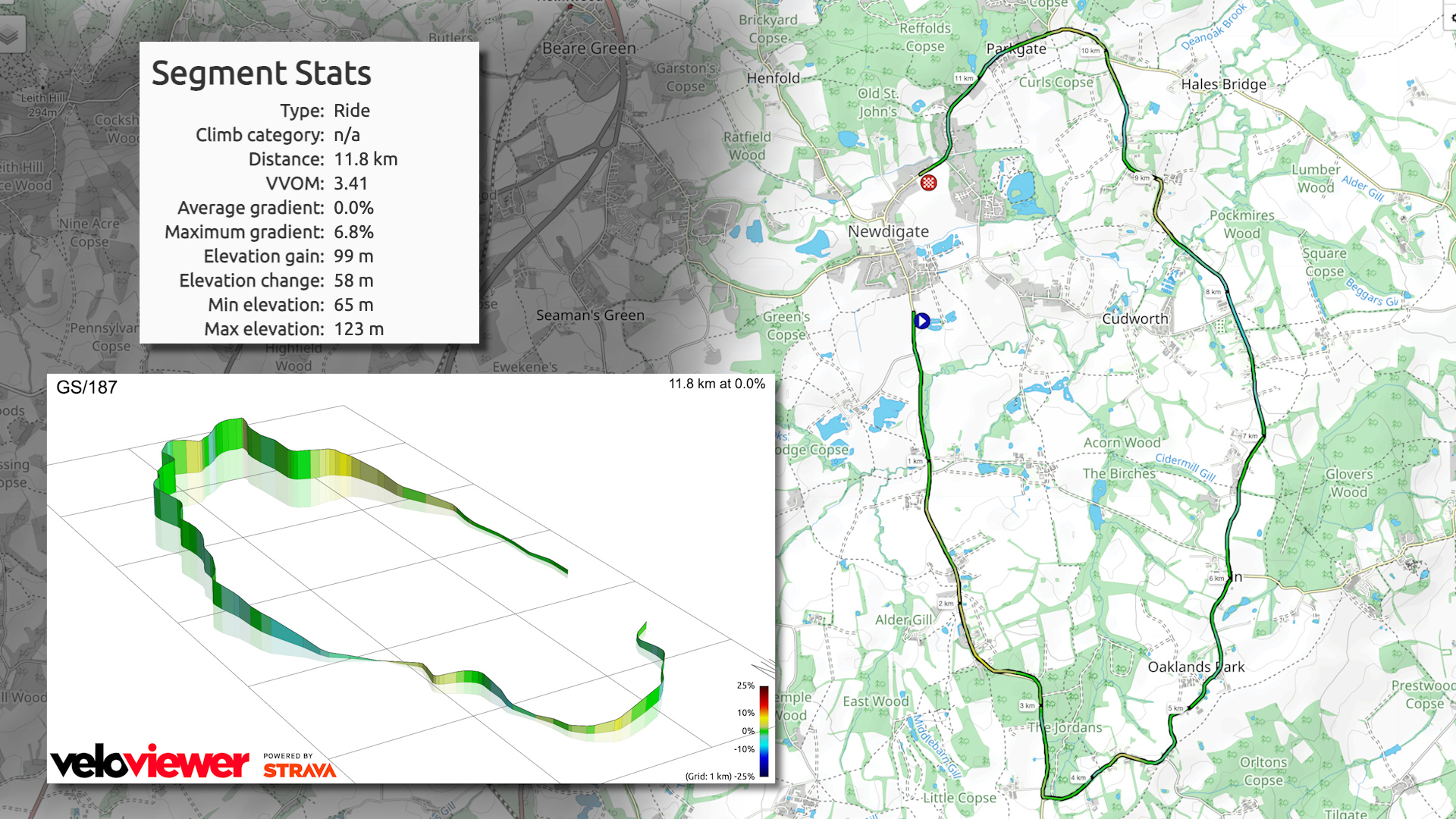
Just to touch on some of the differences between these wheelsets, although both are optimised around 28mm tyres, the Zipp 353 NSW come with much wider internal and external rim widths than the Zipp 303s - 25/30mm compared to 23/27mm, respectively.
This gives the tyres mounted on the Zipp 353 NSW wheels much straighter sides and a smoother transition to the profile of the rim. In contrast, the tyres mounted on the 303s wheels end up with a bit more of a 'lightbulb' profile and a slightly less smooth transition.
Zipp claims that this difference in profile contributes to the lower aerodynamic drag of the Zipp 353 NSW wheels - which is quite understandable and does make sense. But the question is: just how noticeable is this difference out on the road?
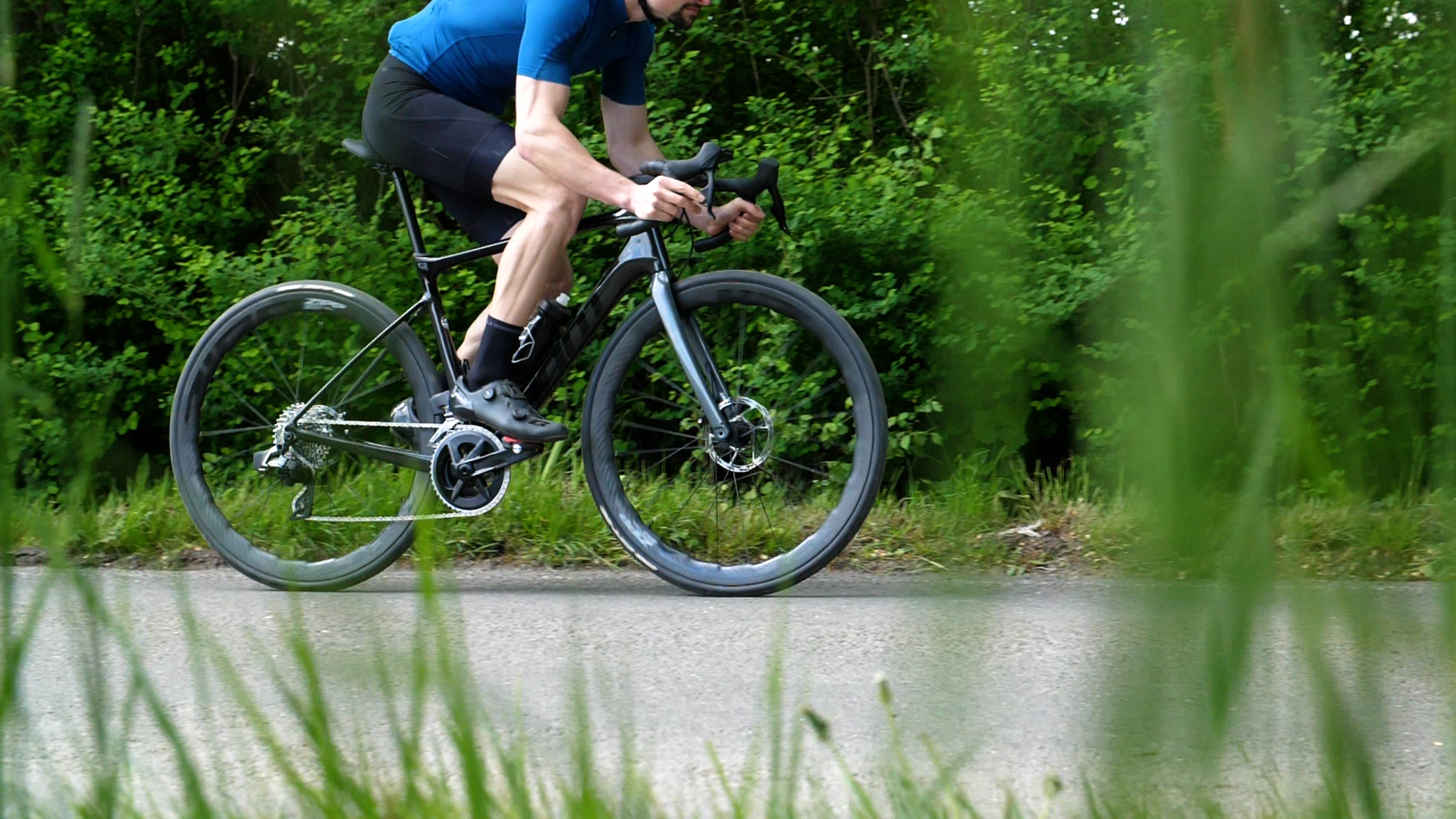
The other most notable difference is the sawtooth profile of the 353 NSW wheels, famously modelled on the undulations of humpback whales. This aspect of the wheels is mainly to increase stability in crosswinds, but together with a slightly blunter U-shaped profile, Zipp says this adds to the aero performance of the wheels.
Coming now to the test, it was the Zipp 303s wheels that actually turned in a slightly faster time - and at a lower average wattage. To be fair, the traffic did make an impact on the test, so the loops weren't as fair as they could have been, even for open roads.
But with that said, although they weren't perfect runs, it wasn't as if one involved being stuck behind a tractor for several minutes – they were reasonably comparable.
Given that this was enough to tip the balance in favour of the 303s wheels, it suggests that the performance gap between the two wheels is more marginal than macro.
| Header Cell - Column 0 | Zipp 303s | Zipp 353 NSW |
|---|---|---|
| Average power | 279w | 282w |
| Average speed | 36.8 kph | 36.0 kph |
| Time | 17:57 | 18:20 |
The hill climb
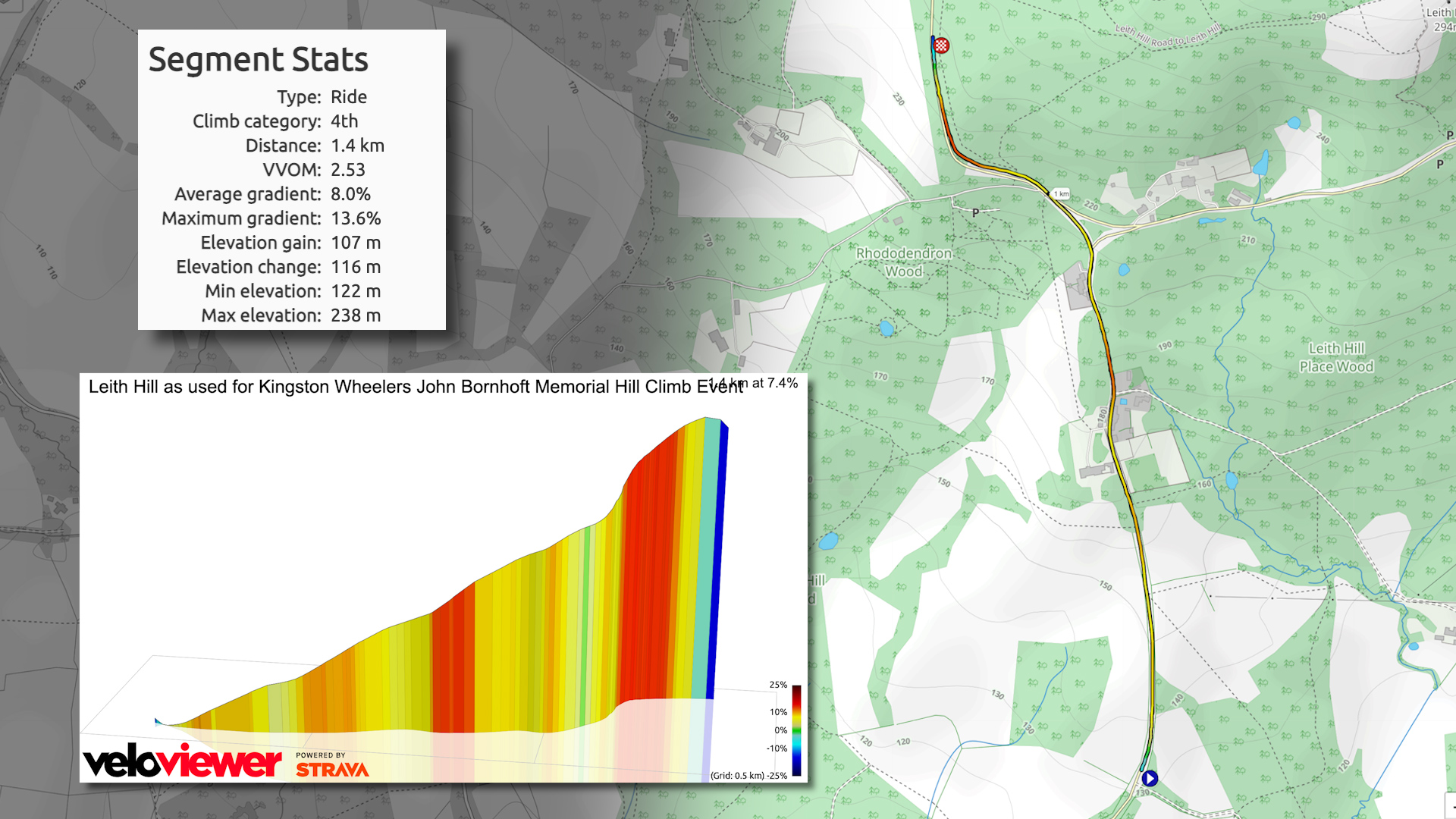
Again, touching on the differences first, the Zipp 353 NSW came in at 1,308g without valves but with rim tape, while the Zipp 303s wheels came in at 1,544g in the same configuration. That puts the weight difference at 236g.
Now, comparing between wheelsets, that does constitute a significant difference. In terms of a complete bike, the fact that changing between these wheels would tip the balance between a limboing under the UCI weight limit or coming in over 7kg isn't exactly marginal
But in the context of a complete rider-bike system, that's only a difference of about 0.003 per cent. There are various online calculators out there that will spit out estimated times for climbs if you plug in all the data – and the differences can be quite small. It's part of the reason why heavier aero bikes tend to be faster than lightweight climbing bikes.
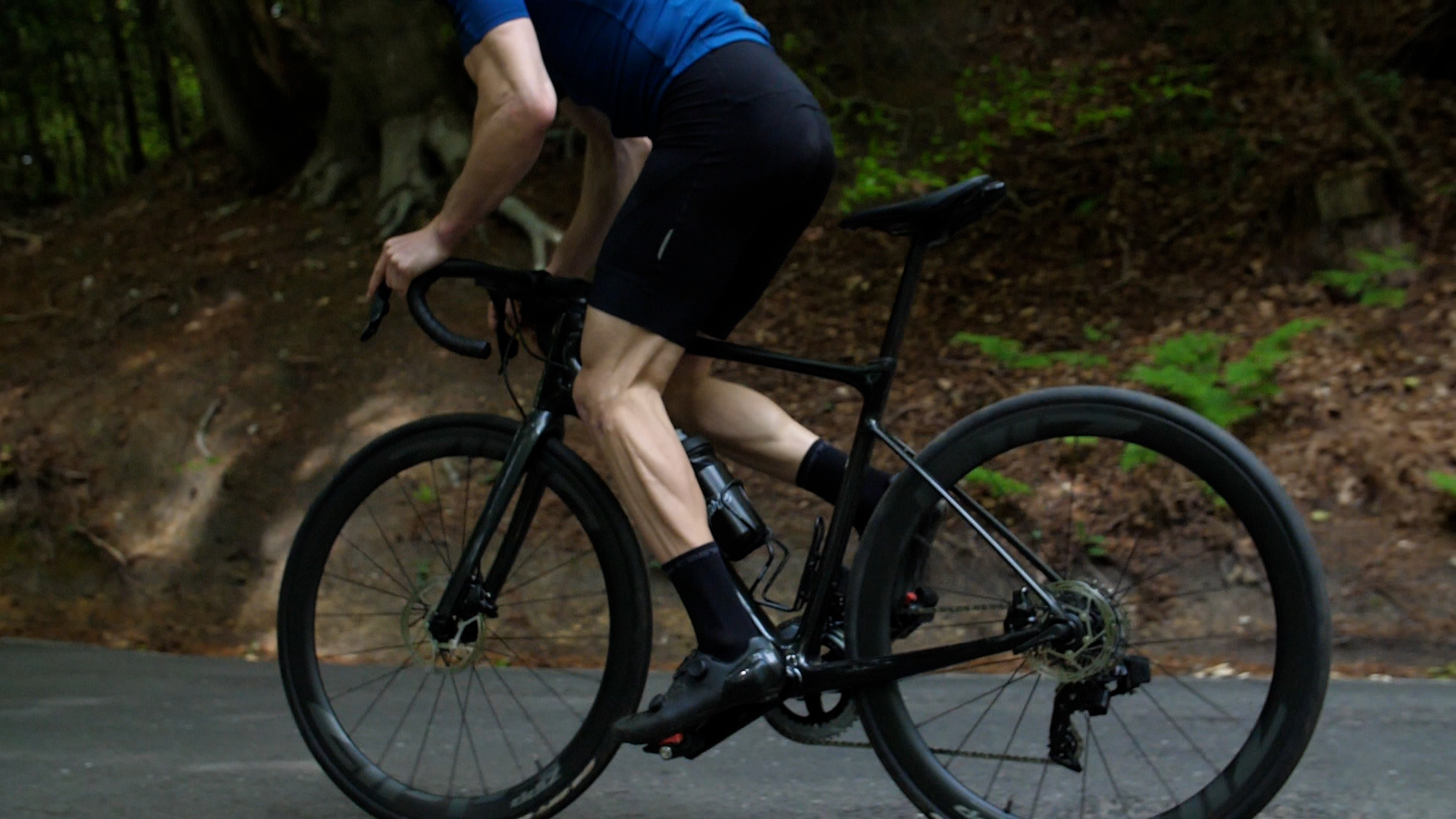
With that in mind, we weren't expecting to see a large difference between the wheels. Still, perhaps surprisingly, the Zipp 303s wheels ended up turning in the faster time again.
On these runs there were no issues with traffic but looking over the efforts, although the average power is the same for the both wheels, the distribution of that power was a little different between the runs - which perhaps explains the time differences.
With the 353 NSW wheels, I ended up pushing a little harder on the flatter sections of the climb, whilst with the 303s it was the steeper sections I put out the higher numbers on. Given that aerodynamic drag increases exponentially with speed, it's more efficient (faster) to put out more power on slow (steeper) sections than flatter ones.
With that small change in pacing being sufficient to give the 303s wheels a faster time, it does suggest the weight difference here is indeed small enough not to make a large effect on the climbing performance.
| Header Cell - Column 0 | Zipp 303s | Zipp 353 NSW |
|---|---|---|
| Average power | 369w | 369w |
| Time | 6:34 | 6:37 |
Conclusion
In all, we found that the performance difference between these two wheel sets to be quite marginal. If you want the satisfaction and reassurance of riding on a top model, by all means go ahead.
But if you're looking for significant gains in your performance, you'll probably be better off investing that money elsewhere - perhaps in a coach and pacing plans, if you're riding solo events.

Thank you for reading 20 articles this month* Join now for unlimited access
Enjoy your first month for just £1 / $1 / €1
*Read 5 free articles per month without a subscription

Join now for unlimited access
Try first month for just £1 / $1 / €1
Get The Leadout Newsletter
The latest race content, interviews, features, reviews and expert buying guides, direct to your inbox!

After winning the 2019 National Single-Speed Cross-Country Mountain Biking Championships and claiming the plushie unicorn (true story), Stefan swapped the flat-bars for drop-bars and has never looked back.
Since then, he’s earnt his 2ⁿᵈ cat racing licence in his first season racing as a third, completed the South Downs Double in under 20 hours and Everested in under 12.
But his favourite rides are multiday bikepacking trips, with all the huge amount of cycling tech and long days spent exploring new roads and trails - as well as histories and cultures. Most recently, he’s spent two weeks riding from Budapest into the mountains of Slovakia.
Height: 177cm
Weight: 67–69kg
-
 Gear up for your best summer of riding – Balfe's Bikes has up to 54% off Bontrager shoes, helmets, lights and much more
Gear up for your best summer of riding – Balfe's Bikes has up to 54% off Bontrager shoes, helmets, lights and much moreSupported It's not just Bontrager, Balfe's has a huge selection of discounted kit from the best cycling brands including Trek, Specialized, Giant and Castelli all with big reductions
By Paul Brett
-
 7-Eleven returns to the peloton for one day only at Liège-Bastogne-Liège
7-Eleven returns to the peloton for one day only at Liège-Bastogne-LiègeUno-X Mobility to rebrand as 7-Eleven for Sunday's Monument to pay tribute to iconic American team from the 1980s
By Tom Thewlis